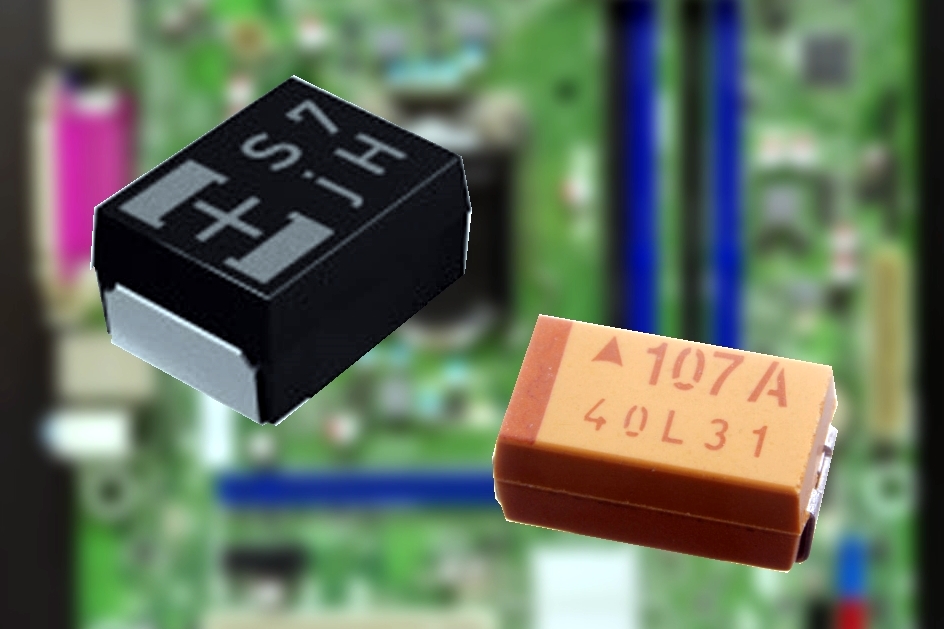Well, the VRM design isn't super reliant on the capacitors. Cheaper boards will have less VRM modules/phases meaning the load is on fewer components. Even if the manufacturer uses the exact same VRM, choke, and capacitors, the amount and electrical arrangement matter a lot. Sometimes the layout is just doubled on higher end boards. Or you will see the exact same layout across several boards from the same manufacturer. Cheaper to design it once and set up the machines once and only have to source a single component set.
You often see quad VRM parallel sets, in parallel with other sets to build out the VRMs. I believe this is done because the VRM chips themselves are extremely cheap and mass produced for lower power solutions and getting a whole bunch of them is far cheaper.
Higher end boards tend toward more expensive VRM chips and still run 8-16 in parallel for power delivery.
To be honest, most of the VRM setups on Z class boards are super overkill, even if you overclock or run 24/7.



